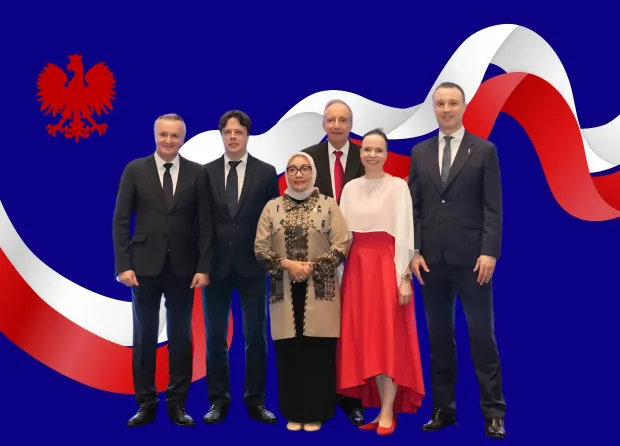META INTRODUCES SEAMLESSM4T: A BREAKTHROUGH IN SPEECH-TO-SPEECH TRANSLATION
Meta Revolutionizes Language Translation with SeamlessM4T: Bridging the Gap Between Speech and Text

Meta, the parent company of Facebook, Instagram, and WhatsApp, has unveiled its latest advancement in machine translation with the introduction of "SeamlessM4T." This cutting-edge program focuses on speech translation, setting new records in the realm of language processing.
SeamlessM4T, designed to perform speech-to-speech translation, breaks new ground by combining speech and text translation capabilities within a single program. This approach showcases the growing significance of multimodality in the field of artificial intelligence and language processing.
Previously, Meta concentrated on large language models for text translation across 200 different languages. However, SeamlessM4T addresses the limitations of existing models that struggle with unified speech-to-speech-to-text (S2ST) translation. The new program bridges the gap between speech and text data, promising a more comprehensive and efficient translation experience.
The formal paper detailing SeamlessM4T's functionality, titled "SeamlessM4T -- Massively Multilingual & Multimodal Machine Translation," is available on Meta's dedicated website for the Seamless Communication project. A corresponding GitHub repository offers additional insights into the program's development.
One of the challenges in machine translation is the lack of publicly available speech data for training neural networks. However, the authors of the paper note that speech data offers a richer signal for neural networks due to its ability to encode more information and expressive components. This inherent richness contributes to conveying intent and building stronger social connections among interlocutors.
SeamlessM4T aims to revolutionize the field by simultaneously training on speech and text data. The program's name, "Massively Multilingual & Multimodal Machine Translation," underscores its emphasis on handling multiple data types seamlessly.
Traditionally, speech-to-speech translation systems relied on cascaded models with separate stages for different translation tasks. SeamlessM4T breaks this mold by integrating various existing components into a unified framework. These components include "SeamlessM4T-NLLB," a multilingual text-to-text translation model, "w2v-BERT 2.0," a speech representation learning model, "T2U," a text-to-unit sequence-to-sequence model, and "multilingual HiFi-GAN," a unit vocoder for speech synthesis.
Meta's groundbreaking approach with SeamlessM4T opens up new possibilities for more efficient and accurate machine translation, while also highlighting the potential of multimodality in the AI landscape. As speech and text continue to play pivotal roles in communication, the fusion of these modalities could lead to transformative advancements in language technology.
#THE S MEDIA #Media Milenial #Meta #SeamlessM4T #multimodal machine translation #speech translation #language processing #artificial intelligence #neural networks #text-to-text translation #speech data #multimodality


























